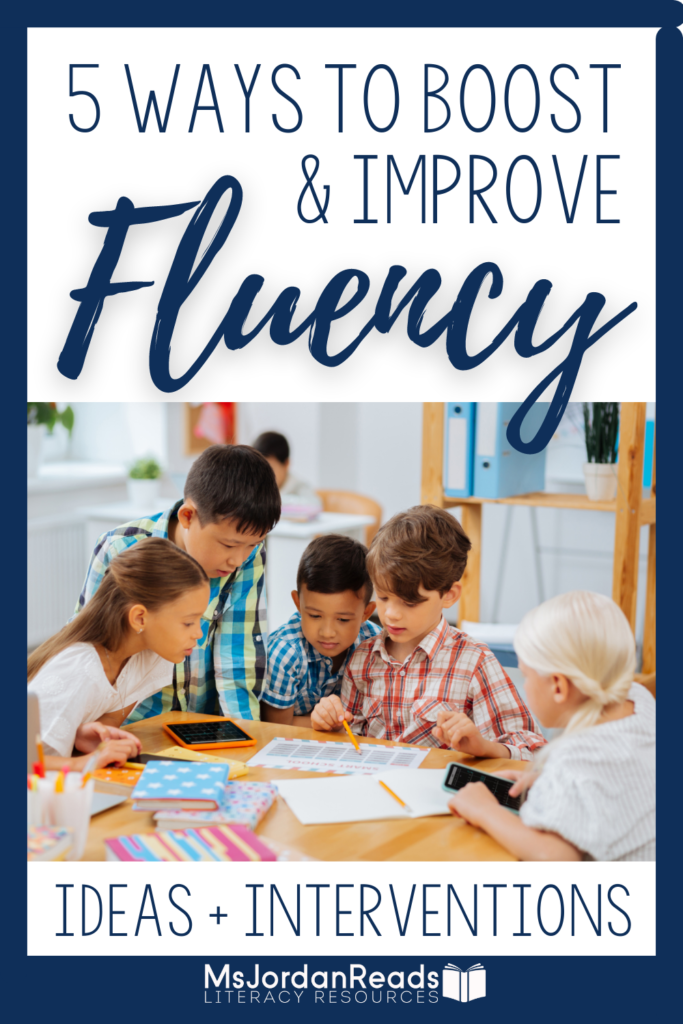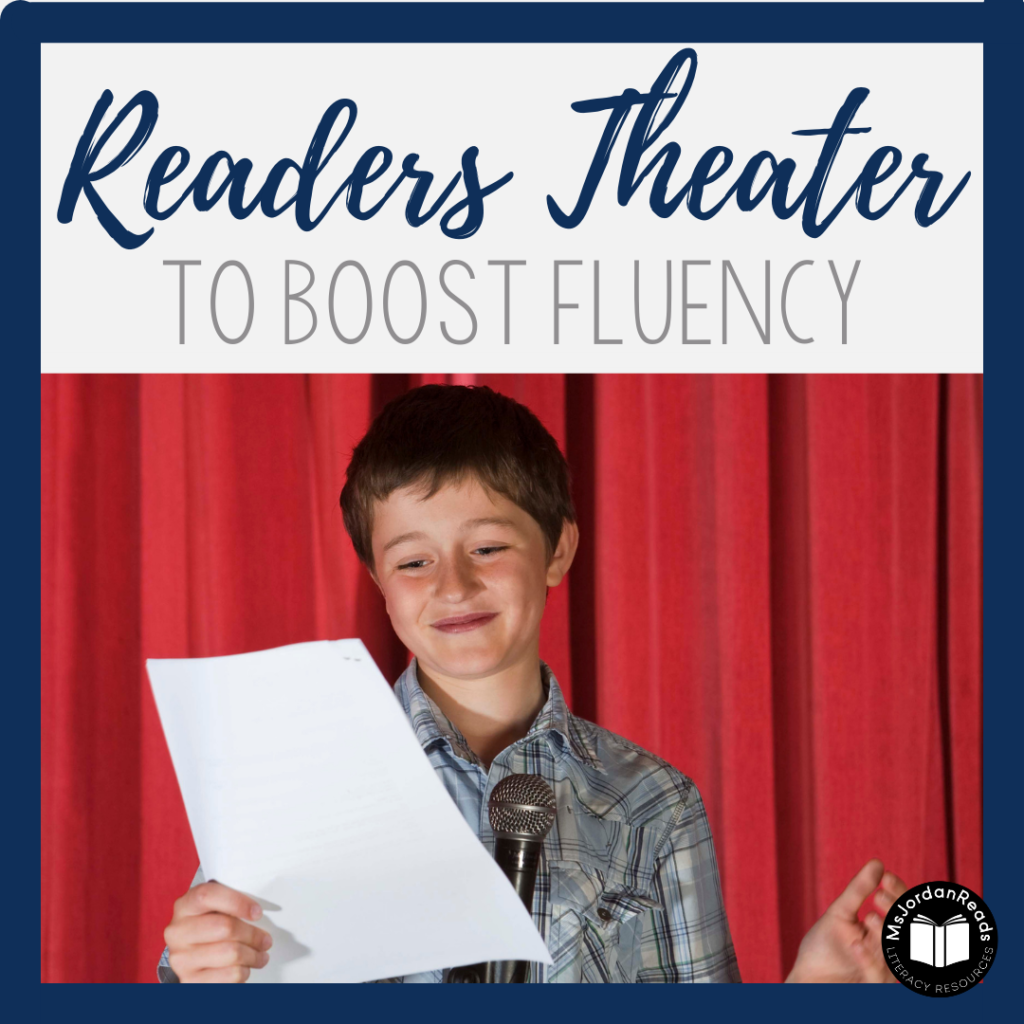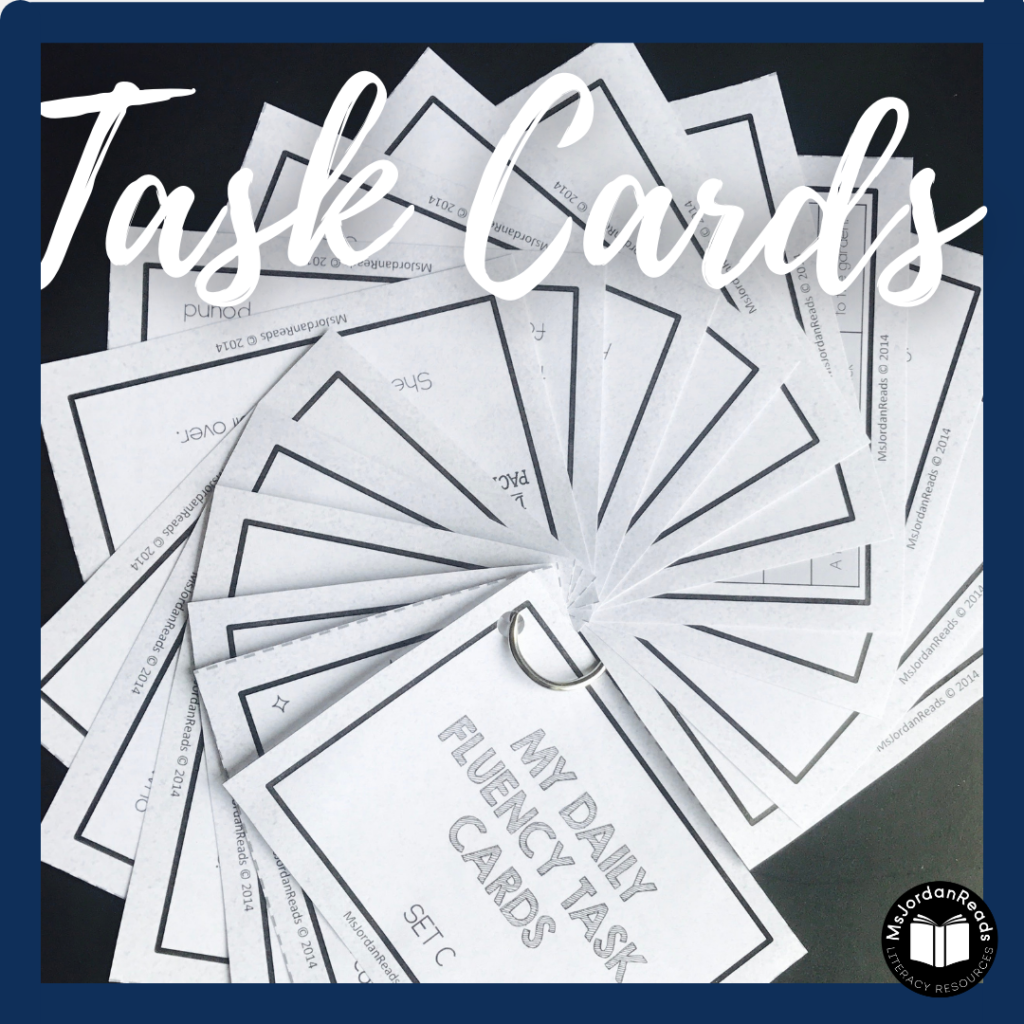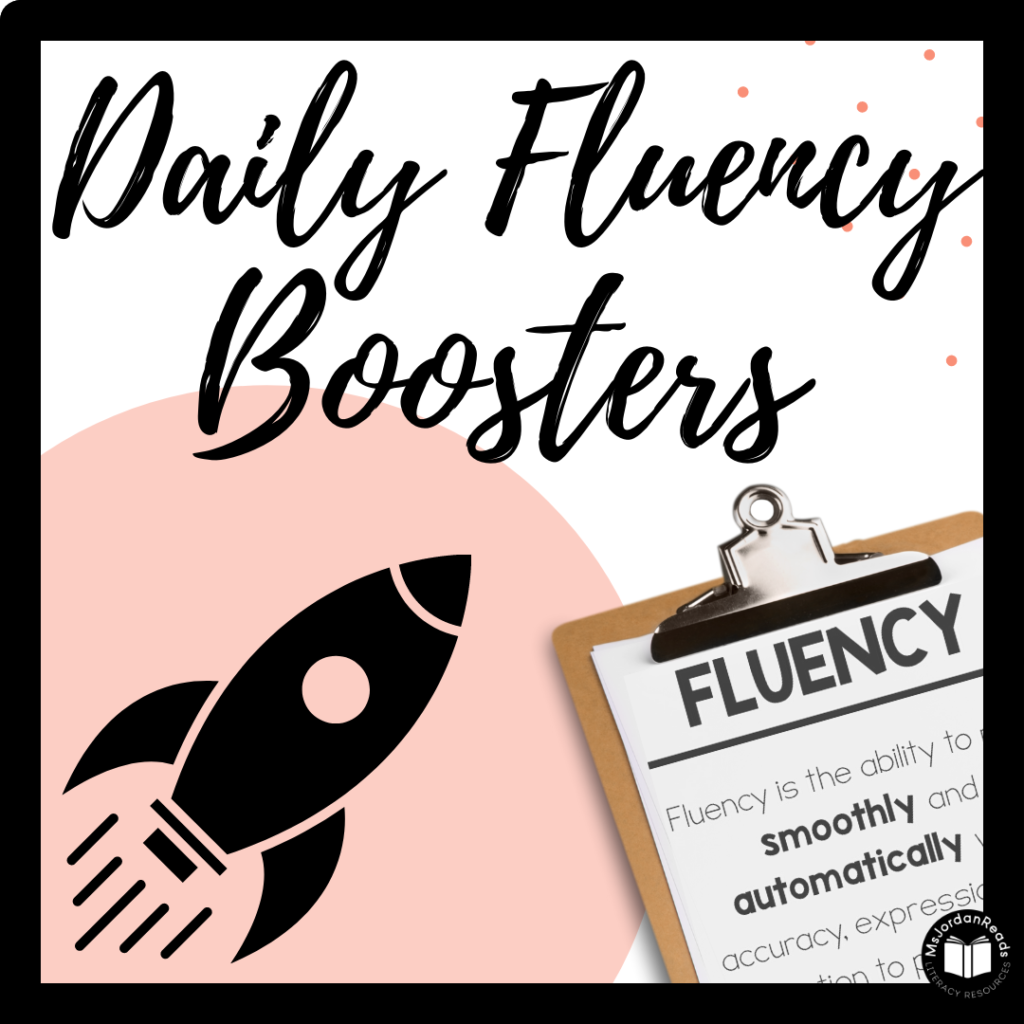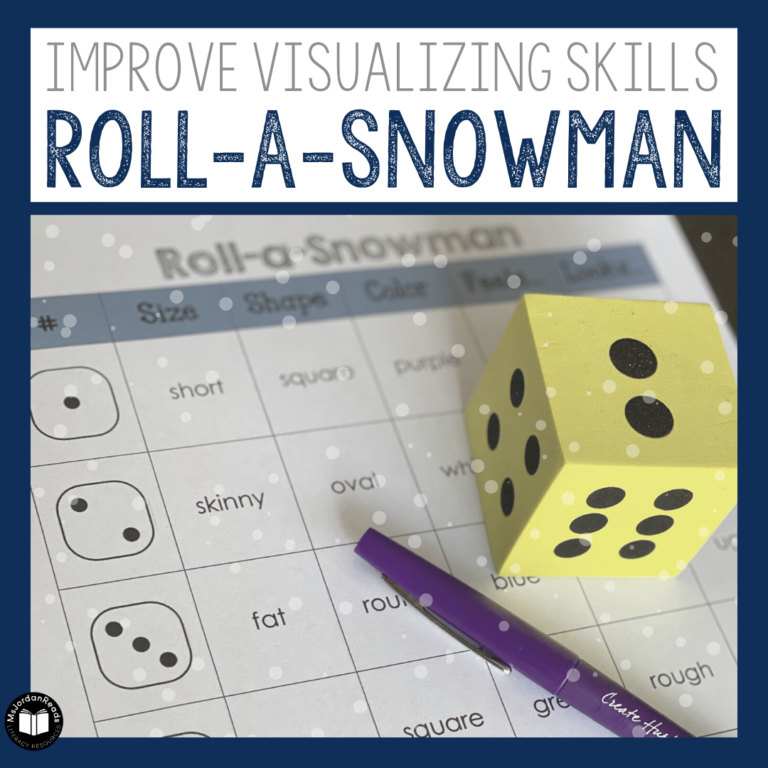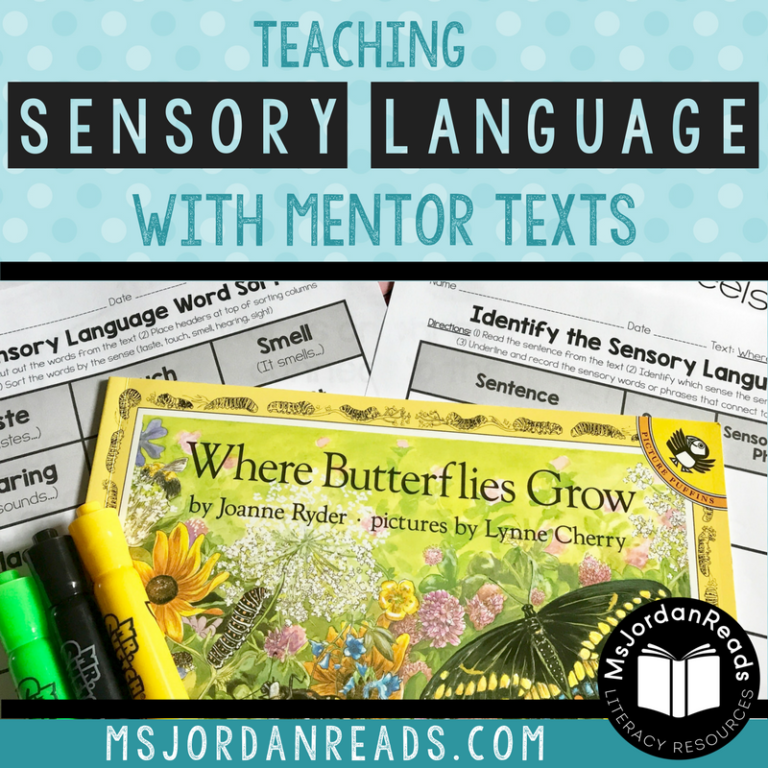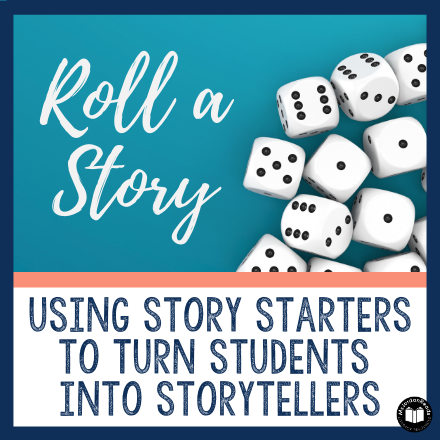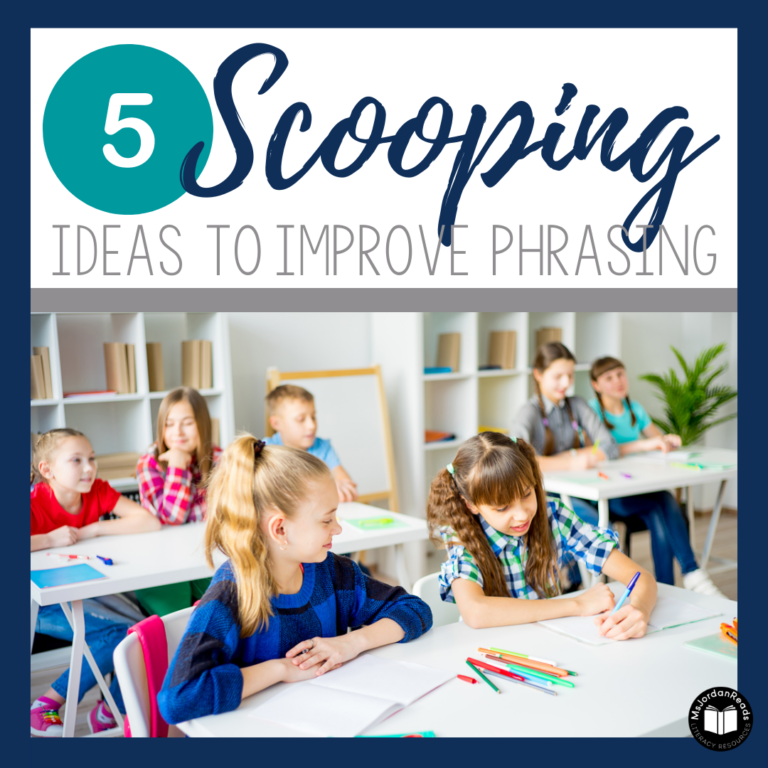5 Easy and Successful Ways to Improve Reading Fluency in Your Classroom
Fluency is the essential link between decoding and comprehension. When a reader struggles with fluency, they often have a hard time comprehending because their mental energy is focused on decoding and accuracy. The good news is, as reading becomes more automatic and accuracy improves, it frees up the brain to focus on comprehension. Students can then shift from “learning to read” to “reading to learn” and can start thinking more deeply about texts.
Why Boost Fluency?
Fluency practice helps to build accuracy and automaticity while focusing on pace, expression, phrasing, and attention to punctuation. Keep in mind, it’s important to review or introduce what fluency is and then guide your students through the different components before you practice it. Help your students understand the importance of oral reading fluency and provide models of what fluency does and does not sound like. If you need a resource to introduce or review the different components, be sure to download my FREE “What is Fluency?” reference sheet. (You may also want to send a copy home to parents so that they can reinforce fluency at home!)
Once your students have a good understanding of fluency, you’ll want to provide opportunities for fluency practice to boost these skills throughout the school year. Developing fluency skills strengthens the bridge between decoding and comprehension. Fluency allows for students to read for meaning and navigate texts independently.
Not sure where to start? Keep reading to learn about five easy and successful ways to improve fluency skills that you can try out this year!
Ways to Boost Fluency Inside Your Classroom
There are many interventions you can use to boost fluency, but there are a few I come back to year after year. Not only do my students enjoy these activities (which helps with motivation and engagement!), but the interventions are effective in helping them become more fluent readers.
Poetry
Poetry is a wonderful way to practice and boost fluency. The rhythm of poetry helps with phrasing, and poems are often the perfect length for repeated readings (read more about this strategy below!). You can also target other skills with poetry to support phonics and comprehension.
With my younger readers, I like to build a “Poem of the Week” into my weekly intervention routines, where students practice a specific poem throughout the week and perform it at the end. My students also enjoy partner poems (aka poems for two voices). Students have an assigned pat and read the poems with a partner. The structure of each poem is back-and-forth conversation style. This allows students to practice expression, which is a large part of fluency.
Reader’s Theater
Reader’s theater is another great tool for expression. It’s essentially a “play” where they are assigned a part and read from a script, but they act out the play using their voices. The great part about reader’s theater is students DO NOT need to memorize their lines (and there are no costumes to worry about!).
Repeated Reading
Repeated Reading uses repetition to improve fluency. Teachers model a text and then students practice the text multiple times to try and improve their accuracy and overall fluency. The goal is to develop automaticity with the poem or passage so that the student moves away from trying to decode and can focus on reading with appropriate pace, phrasing, expression and attention to punctuation.
Timothy V. Rasinski’s research shows that repeated readings of a phrase or paragraph can boost fluency (and subsequently comprehension) significantly. There are many ways to incorporate repeated reading.
- Speed Drills – Students must be able to decode words quickly and automatically to read fluently. Speed drills are a way to help students develop these skills. Use sight word lists, phrase lists, or targeted phonics word lists for these drills and keep track of their speed and accuracy. (FCRR has a great phrase drill activities you can download for free under their “Fluency” section!)
- Flash Cards – The use of flash cards is another way for students to practice fluency. I like to make flash cards of the sight words or high frequency words they struggle with from the word lists. The goal is recognize a word in one second! Practice these cards any time… even while your students are in line waiting to leave for lunch or the playground. You can even create a key ring for each student to practice words independently. Just like the speed drills, the focus is on accuracy and automaticity.
- Poems or Passages – Have students read the same passage or poem multiple times. You can even have students record their progress with audio recordings or using “words per minute” graphs. (You can learn more about Hot/Cold reads in my Fluency Boot Camp post and download the graphs/materials you need here!)
Fluency Task Cards
Task cards are a wonderful and helpful way to get students to practice fluency. These quick, targeted tasks make great warm-up exercises, morning work, and literacy centers. You can incorporate them any time and it is a fun way to review skills quickly. I have many types of fluency task cards in my shop. (Learn more about my Scoop It task cards and Daily Fluency task cards!)
Fluency Games
Every student loves games, right?! Not only are they fun and engaging, but most students don’t even realize they are learning or practicing important skills! I have many fluency games I incorporate into my fluency routines, but my students really seem to love Accuracy Boom Games. These games are perfect for students who often guess the words in a reading and for students who rarely read the word all the way through. You can also improve fluency with the following games.
- Zap/Boom Games – You can create your own Zap! or Boom! games using word, phrase, or sentence cards. Mix in a few cards that says Zap! or Boom! into the card deck. Students take turns picking cards and reading them, but if they pick a Zap! or Boom!, they have to put all their cards back.
- Expression Sticks – Record different emotions or characters on popsicle sticks. Have students read using the emotion or like a character (cowboy, opera singer, robot).
- Flash Card Games – Use fluency flash cards (words/phrases/sentences) with common board games, Concentration, Go Fish, etc.
Additional Resources to Help Boost Fluency
If you are looking for more resources to help boost fluency in your classroom this year, be sure to check out my Daily Fluency resources. I have a collection of fluency boosters, including accuracy, pace, punctuation, and phrasing (expression is coming soon!). I also have a growing bundle where you can grab all four booster resources. Each resource focuses on a specific component of fluency!
Fluency is an absolutely necessary skill for a reader, and it’s important that we create opportunities for students to practice their fluency skills throughout the year. Want to learn more? Be sure to check out my other blog posts on fluency!

